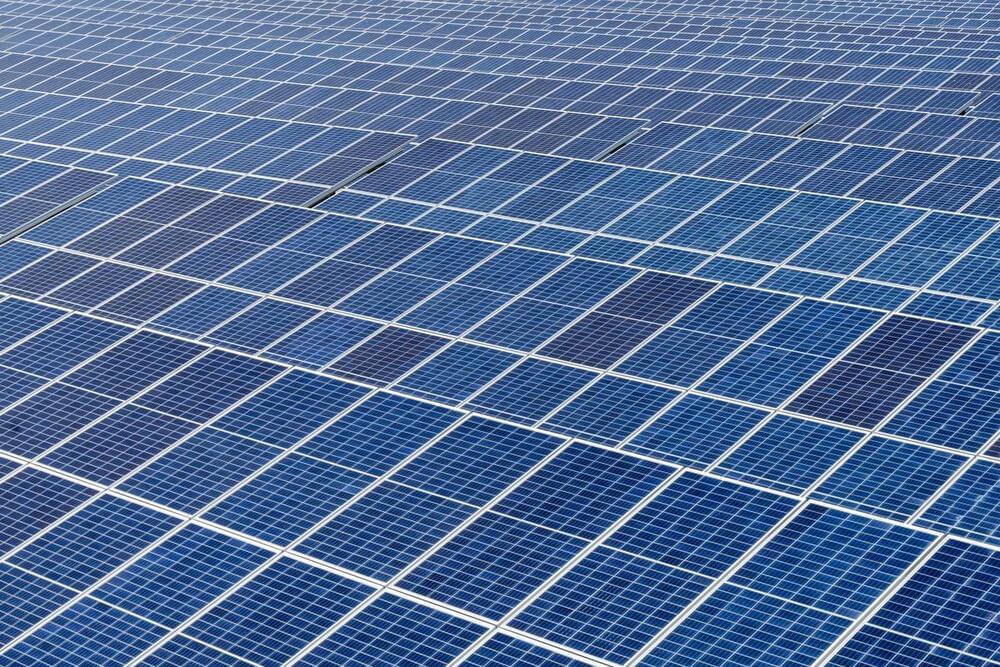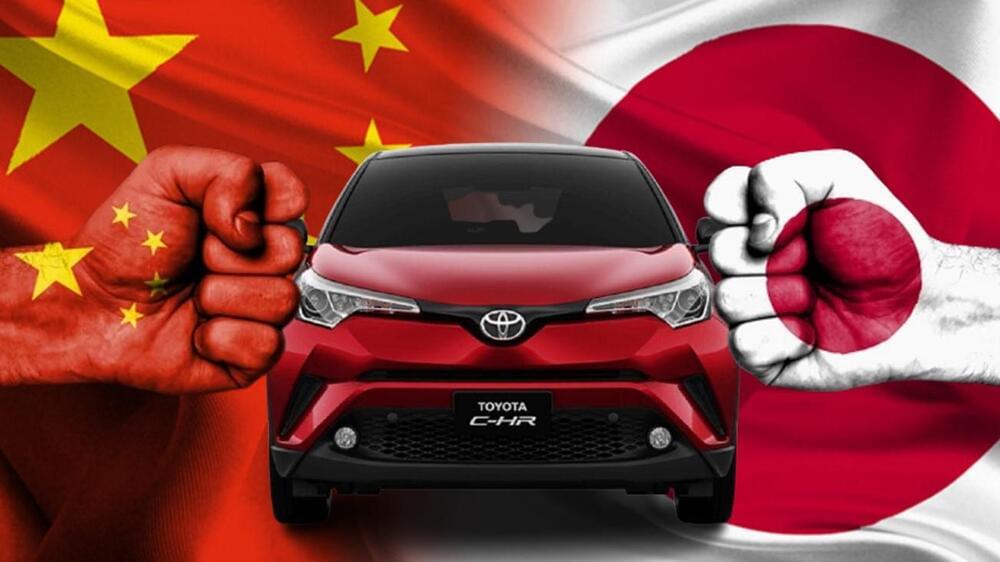Risen Energy Co. is planning to build a 45 billion yuan ($7 billion) integrated solar power factory in Inner Mongolia that’ll run on clean energy.





With affordability in its latest offering, Toyota wants to eliminate the only advantage that Chinese automobile makers enjoy: competitive prices.
Japan is a world leader in automobile technology. Apart from Germany, no one can compete in the automobile sector. And if you need any evidence to corroborate this fact, you need to look no further than Toyota, a globally loved automobile brand that has produced some of the best cars to date. And now Toyota is looking to aggressively dominate the Chinese electric vehicles (EV) market with some affordable cars from next year.
Toyota to launch an all-electric small sedan in China:
Toyota Motor Corp. has made plans to launch an impressive, all-electric small sedan in China late next year. It will turn to local partner BYD for key technology and create an affordable yet spacious EV for the Chinese market.

The idea of a human-made device that can process solar energy to make usable fuels has been tantalizing researchers since the 1970s. There being no such thing as a free lunch, it is not so easy to engineer a device that mimics photosynthesis, which Mother Nature perfected a long time ago. Nevertheless, researchers at the Department of Energy’s Lawrence Berkeley Lab in California appear to have solved an important piece of the “artificial leaf” challenge.
Solar Energy & The Artificial Leaf Of The Future
The concept of the artificial leaf first crossed the CleanTechnica radar in the form of a card-sized photoelectrochemical cell, back in 2011. Instead of converting sunlight into electricity, the cell acts as a catalyst that deploys solar energy to break water into oxygen and hydrogen.
Swiss tech company ABB has unveiled a new EV charging station that can rapidly power four electric vehicles at once — which could help make annoying wait times at stations a thing of the past.
The challenge: It typically takes less than five minutes to fill up a car’s tank at a gas station, and gas stations are everywhere in the U.S.
Depending on an EV’s battery and the type of EV charging station, it can take anywhere from 45 minutes to several hours to fully charge the car, and because charging stations are far less common than gas stations, drivers regularly have to wait for ports to open up.
At a massive vertical farm in Denmark, food tech startup Nordic Harvest is demonstrating the benefits of moving agriculture indoors.

More wind power capacity was installed in the US than any other generating technology in both 2019 and 2020, according to the US Energy Information Administration (EIA).
UnderstandSolar is a free service that links you to top-rated solar installers in your region for personalized solar estimates. Tesla now offers price matching, so it’s important to shop for the best quotes. Click here to learn more and get your quotes. — *ad.
Annual US wind turbine capacity additions set a record in 2020, totaling 14.2 gigawatts (GW) and surpassing the previous record of 13.2 GW added in 2012. After 2020’s record year for wind turbine capacity addition, total US wind turbine capacity is now 118 GW.

An initial series of test flights with drones has been launched in Poland as part of the EU-funded Uspace4UAM project. The first of these trials is now underway in Rzeszów, a city of close to 200,000 people.
The test flights are being carried out by three Uspace4UAM consortium members: Dronehub, the developer of drone-in-a-box systems for automated monitoring and data collection; drone equipment and sensor supplier Honeywell; and drone software technology company Altitude Angel. About 160 flights will be carried out in the Rzeszów area during the first phase, under 3 scenarios of autonomous drones flying for public service missions. The first scenario will involve emergency aerial monitoring of accident sites, the second will take ortho-and photogrammetric photos for public institutions, and the third will replicate the transportation of automated external defibrillators for use in life-threatening situations.
“Dronehub demos within Uspace4UAM started in November 2021, and we will end in June 2022. During this time, amongst other objectives, we will check how drones react to different and rapidly changing weather conditions,” states test flight project manager Jakub Węglarz of Dronehub in a news item posted on the SESAR Joint Undertaking website. The SESAR Joint Undertaking—which is funding Uspace4UAM—is a partnership between European private and public sector institutions formed to speed up the delivery of smarter, connected, accessible and more sustainable air transport solutions through research and innovation.
